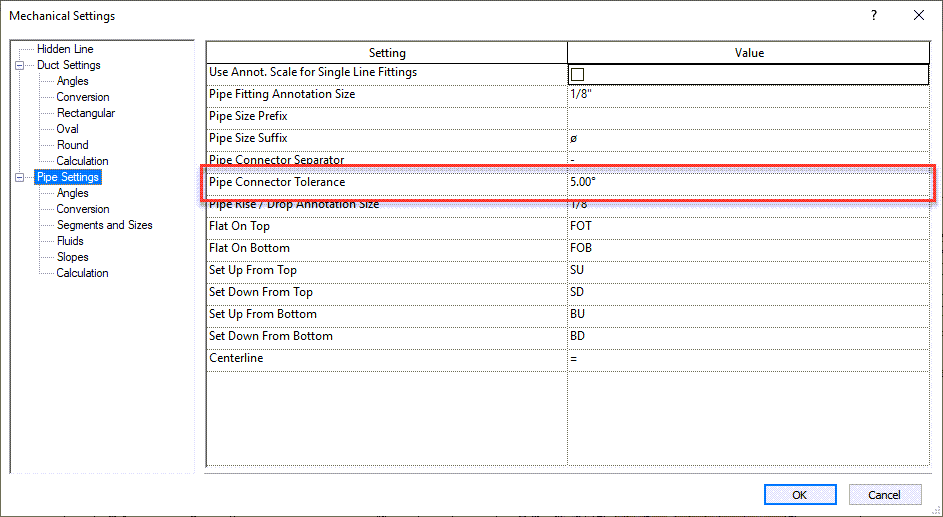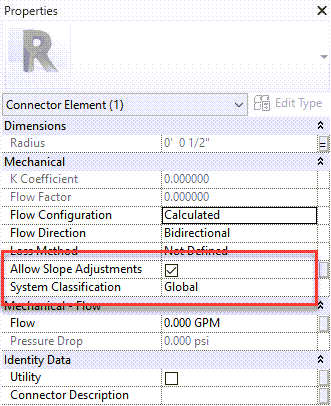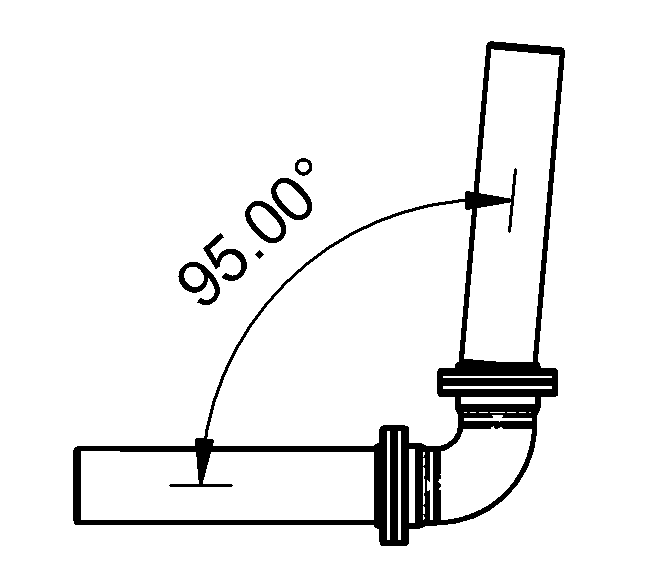As consultants, we advise our customers on the various applications that we support, but quite often, our customers provide us valuable knowledge about their industries and professions.
Recently, I was assisting a customer with developing a Revit project template file for their wastewater treatment projects. He mentioned that in certain cases, pipes that they design can be connected with a limited angle of deflection and wanted the ability to show that in a model. He heard that it could be done by using a "Global" pipe connection type, but didn't know how to change it on a family. I hadn't heard of that before, but I knew that in the Pipe Settings there was indeed a Pipe Connector Tolerance that could be set so that a pipe could maintain connection up to a specified angle. I just hadn't seen it in action before.

But I thought, "why not? let's try it out", and opened a pipe flange family in the Family Editor that my customer wanted to modify. In the Properties of the connectors, I changed the System Classification from "Fitting" to "Global" and a parameter called "Allow Slope Adjustments" became available.

I enabled the parameter and reloaded the family back into the model. Sure enough, when I dragged the end of the pipe segment to the maximum 5 degree tolerance specified in the Pipe Settings, it maintained the connection. And when I dragged it an additional degree, it added more fittings to accommodate the new angle.


Why the "Allow Slope Adjustments" parameter isn't available for the "Fitting" System Classification is unclear, as noted in this page on the Autodesk Knowledge Network.
https://knowledge.autodesk.com/support/revit/troubleshooting/caas/sfdcarticles/sfdcarticles/Revit-Angle-tolerance-behavior-in-pipe-systems.html
But if this is a desired feature, I don't see any downsides in changing pipe connections from "Fitting" to "Global". The properties of the piping system is still applied and it allows design engineers to depict "real world" conditions more accurately.
Who knew? Glad my customer did and gave me the opportunity to try it out.
